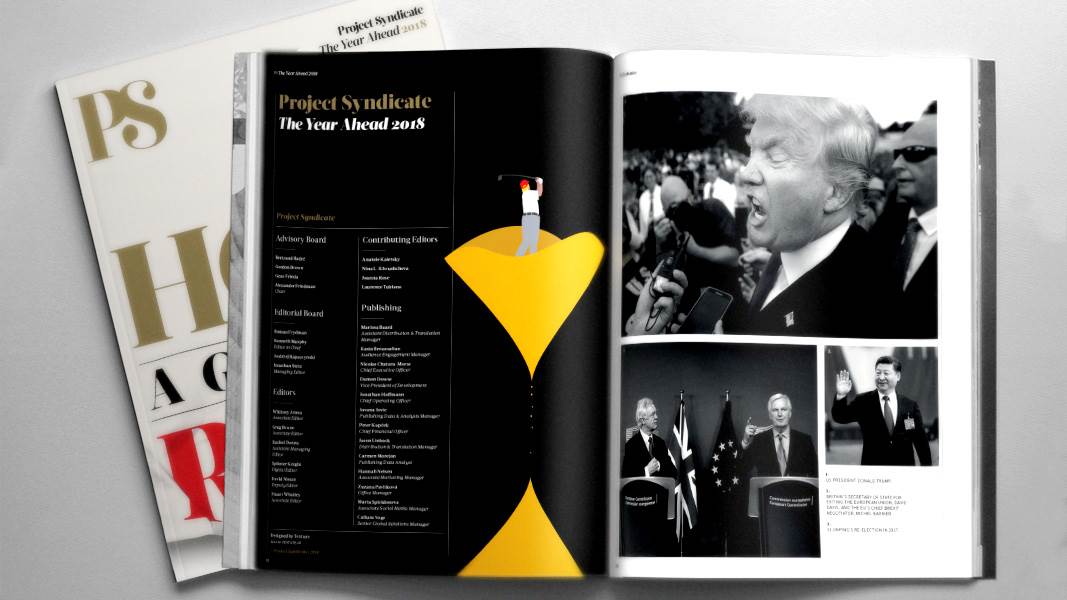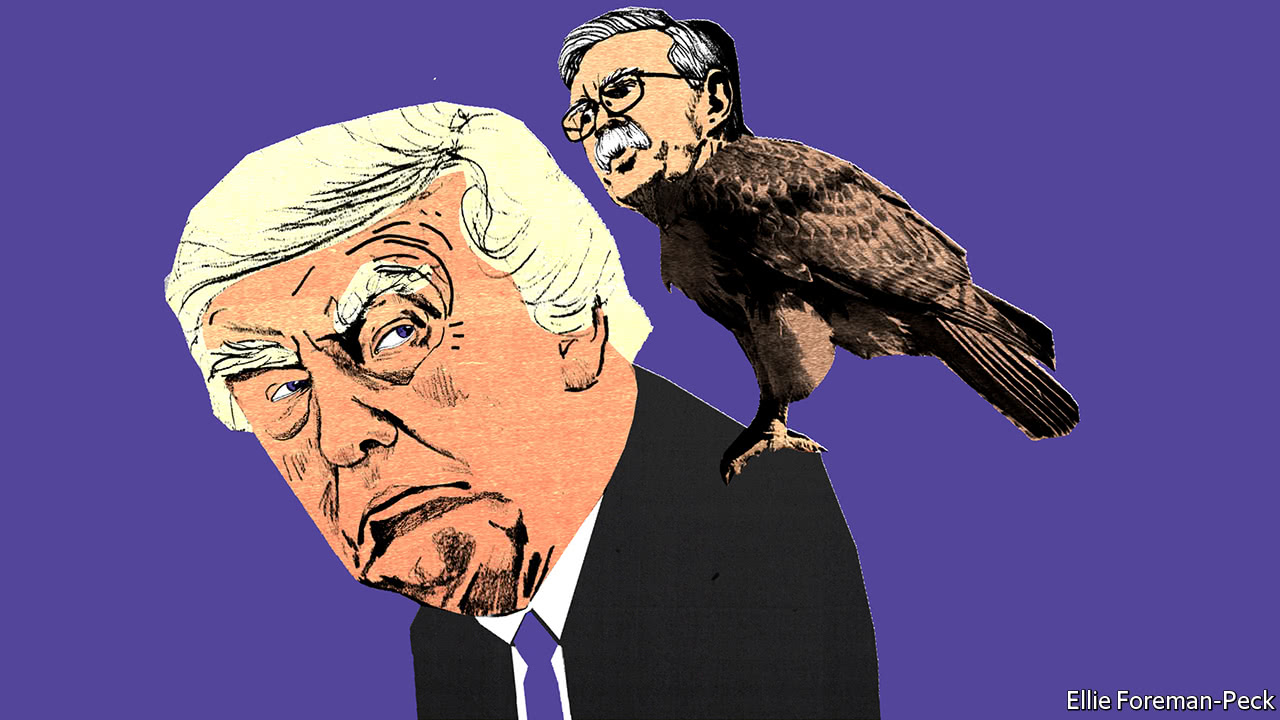KEIR GILES
INTRODUCTION
Recent Western assessments of Russia’s renewed military power have led to a wide range of differing conclusions and, taken together, provide a mixed and confusing picture of the scale and nature of the threat. Impressive capabilities demonstrated in Ukraine and Syria have given rise to concern that Western armed forces may find it difficult to cope with an operating environment dominated by new Russian weapons systems for which they have neglected to adopt countermeasures. But at the same time, a number of veteran scholars of Russian military affairs argue that the power of the current Russian military is commonly overestimated, suggesting that it is hostage to many problems inherited from its traumatic post-Soviet degeneration, critically challenged by overstretch, technologically backward, or all three.


/cdn.vox-cdn.com/uploads/chorus_asset/file/10460963/zodiac_scene.jpg)













